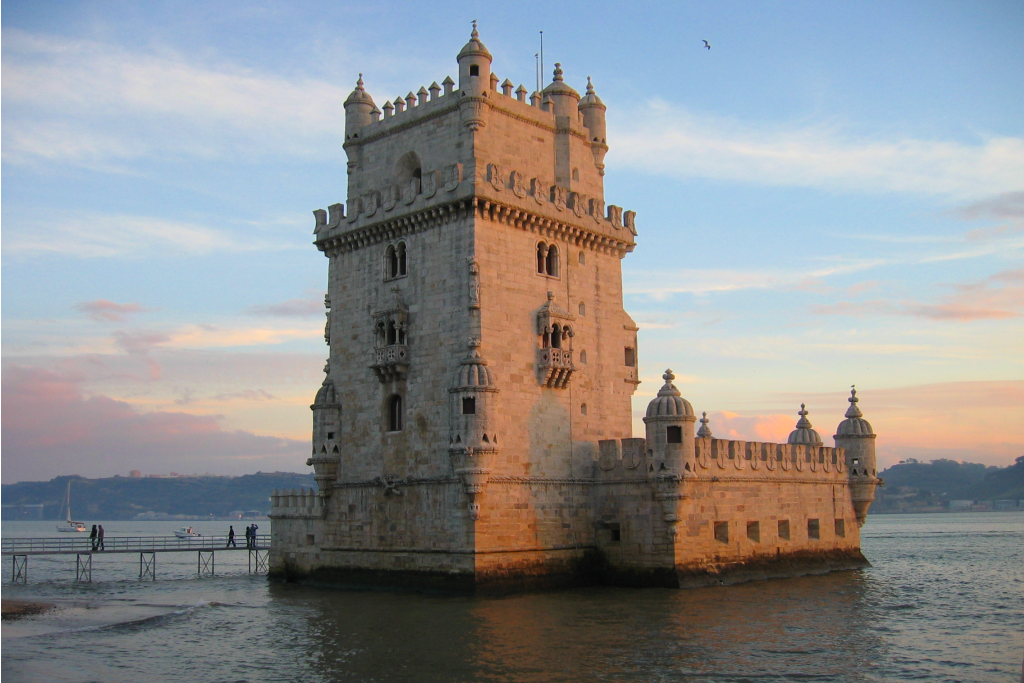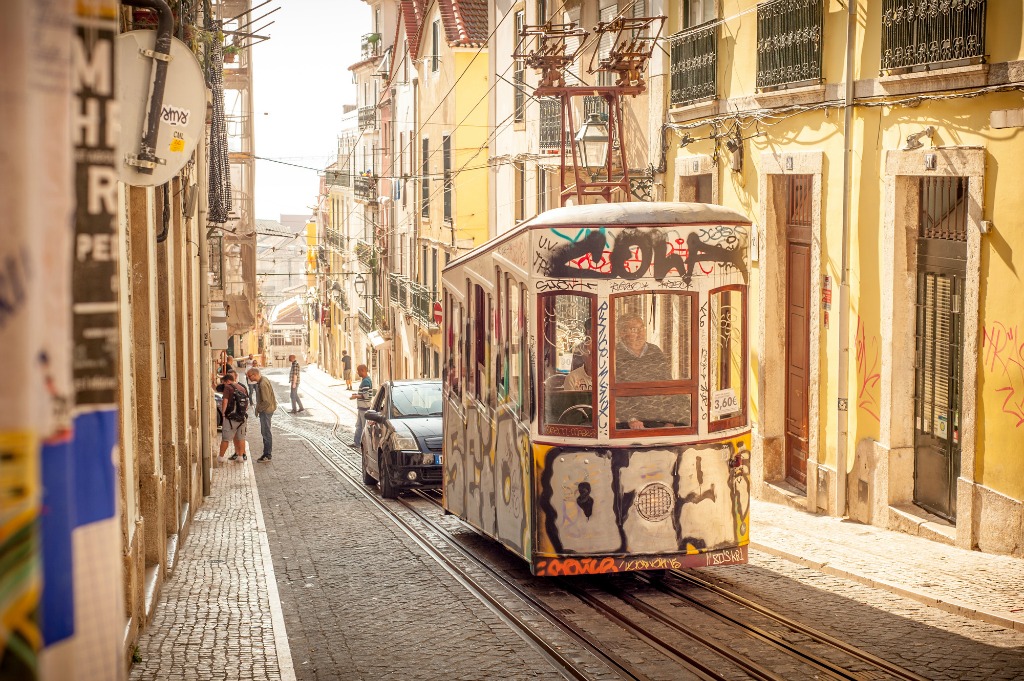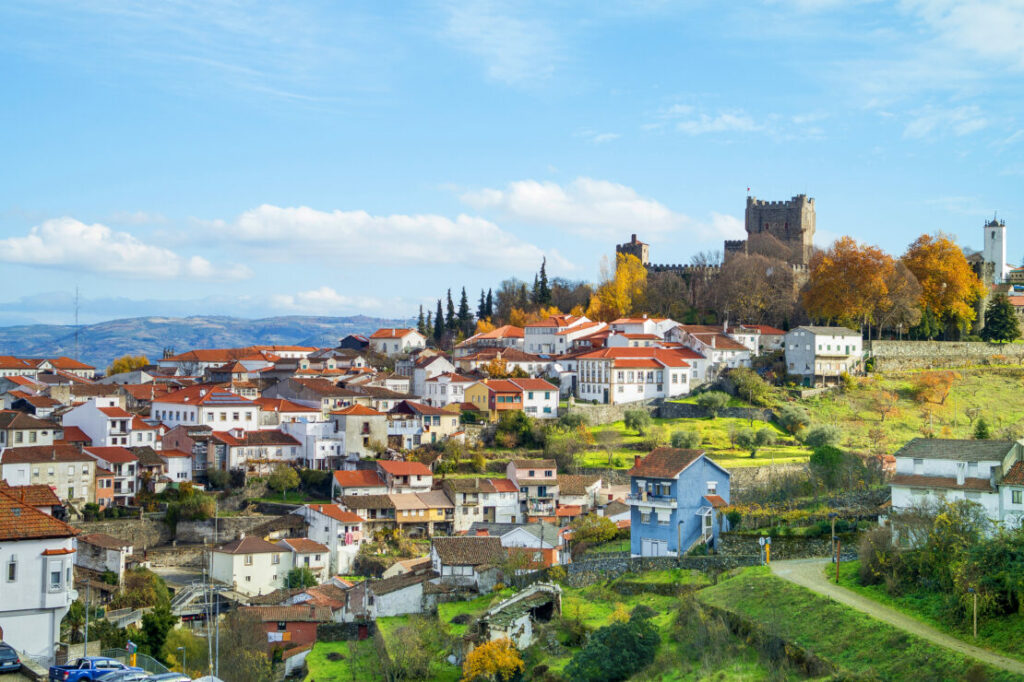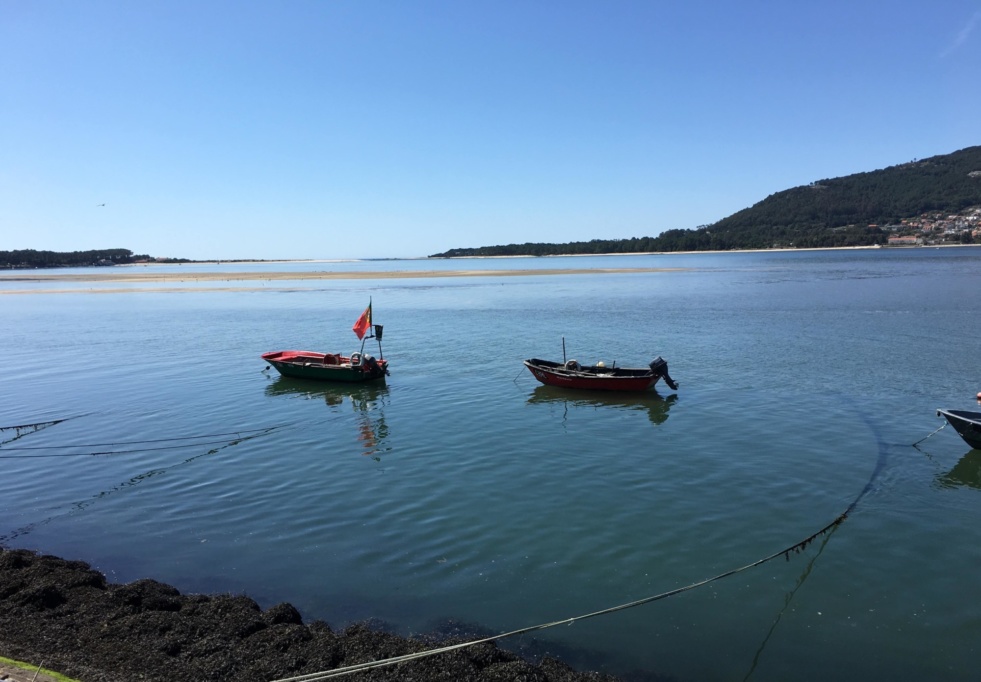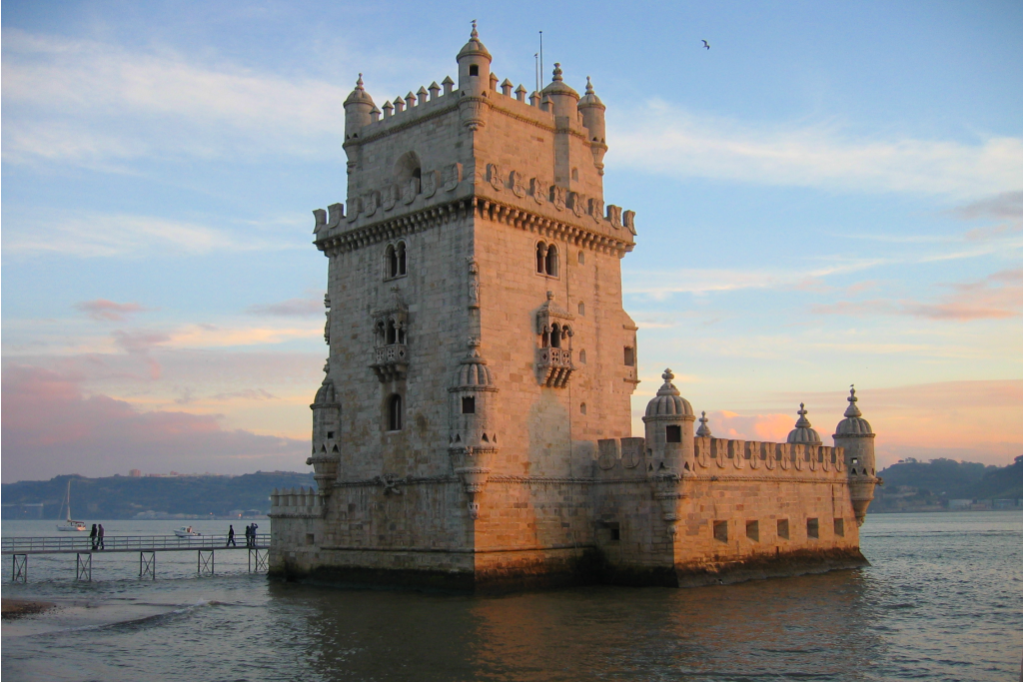Lisbon Portugal Travel Guide A Vagabond Life
Welcome to Lisbon, the vibrant and captivating capital of Portugal, where centuries of history blend harmoniously with a modern and dynamic cityscape. Nestled along the scenic banks of the Tagus River, Lisbon is a treasure trove of cultural riches and breathtaking landscapes.
Lisbon’s history is a tale of resilience and renewal. Founded by the Phoenicians in ancient times, it became a vital Roman outpost before falling under Moorish rule in the 8th century. In 1147, it was reclaimed by Christian forces during the Reconquista, marking the beginning of Portugal as a nation. The Age of Discovery in the 15th century transformed Lisbon into a global powerhouse, as explorers like Vasco da Gama and Ferdinand Magellan set sail from its bustling port, ushering in an era of unparalleled wealth and cultural exchange.
Today, Lisbon’s historic legacy is woven into its charming neighborhoods, characterized by narrow alleyways, colorful facades, and ornate tiles known as azulejos. The city’s iconic landmarks, including the historic Belém Tower and the majestic Jerónimos Monastery, stand as testaments to its maritime past.
But Lisbon is not just a living museum; it’s a city in constant motion. Its lively markets, thriving culinary scene, and vibrant street art add a contemporary flair to its rich heritage. Whether you’re exploring the historic districts of Alfama and Baixa or basking in the views from the hills of Bairro Alto, Lisbon invites you to discover its unique blend of tradition and innovation. Join us as we embark on an unforgettable journey through this captivating city.
Lisbon Portugal Map
Getting To Lisbon Portugal
By Air
Lisbon’s primary gateway is Humberto Delgado Airport (LIS), located approximately 7 kilometers north of the city center. The airport is well-connected to major European and international cities. Upon arrival, you can reach the city center via a variety of transportation options including the AeroBus, taxis, or the metro.
By Train
For those traveling from within Portugal or neighboring countries, Lisbon is accessible by train. The Santa Apolónia and Oriente stations are the main railway hubs, with services connecting Lisbon to cities like Porto, Faro, and even international destinations like Madrid.
By Bus
Long-distance buses also serve Lisbon, with multiple companies operating routes from various parts of Portugal and Europe. The Sete Rios and Oriente bus stations are the primary terminals for intercity and international bus services.
By Car
If driving, Lisbon is reachable via the A1 motorway from Porto and the A2 from the south. However, parking in the city can be challenging, and many areas are restricted or require a permit.
Getting Around Lisbon Portugal
Metro
Lisbon’s metro system is efficient and covers major areas of the city. It consists of four lines (blue, yellow, green, and red), connecting key neighborhoods and attractions.
Trams
The iconic yellow trams are a hallmark of Lisbon. Tram 28 is particularly popular for sightseeing, traversing historic neighborhoods like Alfama and Graça.
Buses
The city has an extensive bus network, with routes that reach areas not covered by the metro or trams. Buses are operated by Carris and can be a convenient way to explore different parts of the city.
Taxis
Taxis are widely available throughout Lisbon.
Bicycles and Scooters
For those looking to explore at a leisurely pace, bicycles and electric scooters can be rented from various providers. Lisbon has dedicated bike lanes and paths that make cycling around the city relatively easy.
Walking
Many of Lisbon’s attractions are within walking distance of each other, particularly in the central areas like Baixa and Chiado. The city’s hilly terrain provides beautiful viewpoints but may require some effort.
Things To See & Do In Lisbon Portugal
Belem Tower
Belem Tower
Belem Tower, or Torre de Belém, is an iconic symbol of Lisbon’s maritime heritage. Located on the banks of the Tagus River, this 16th-century fortification was originally constructed to defend the city and its harbor during the Age of Discoveries. Designed by architect Francisco de Arruda in the Manueline style, the tower boasts intricate decorative elements such as maritime motifs, elaborate stonework, and a distinctive bastion with four turrets.
The tower’s strategic location allowed it to guard the entrance to Lisbon’s port and serve as a ceremonial gateway for explorers setting out on voyages. Its historic significance is evident in its role as a starting point for the famous voyages of discovery during Portugal’s golden age.
Visitors today can explore its various levels, including the battlements that offer panoramic views of the river and the surrounding cityscape. The tower’s rich history, coupled with its architectural beauty, makes it a must-see landmark. Recognized as a UNESCO World Heritage Site, Belem Tower stands as a testament to Portugal’s maritime prowess and its enduring legacy in world exploration.
Barrio Alto
Barrio Alto
Barrio Alto, Lisbon’s vibrant and bohemian district, offers a fascinating blend of history, culture, and nightlife. Nestled atop one of Lisbon’s seven hills, this historic neighborhood is characterized by its narrow, winding streets and a lively atmosphere that comes alive after dark. Known for its eclectic mix of traditional Fado music venues, trendy bars, and intimate restaurants, Barrio Alto attracts both locals and visitors seeking an authentic taste of Lisbon’s social scene.
By day, Barrio Alto exudes a charming, laid-back vibe, with its colorful, graffitied buildings and charming shops. Cafés and boutique stores line the streets, providing a perfect spot for leisurely exploration and people-watching. As evening falls, the district transforms into a bustling hub of activity, with bars and clubs opening their doors and offering a diverse range of music and entertainment.
One of the area’s highlights is its distinctive architecture, including traditional Portuguese tiles and historic buildings that reflect its rich cultural heritage. The panoramic views from the Miradouro de São Pedro de Alcântara offer a stunning perspective of the city and the nearby São Jorge Castle. Barrio Alto’s unique blend of old-world charm and modern energy makes it a must-visit destination for anyone exploring Lisbon.
Lisbon Portugal Walking Tour
Lisbon is a great city to walk around (although a little hilly) so pick one of the many excellent walking tours with a local to see this lovely city. You can do everything from wine tours, food tours, tours of different parts of the city and you get to meet a local and understand more about lovely Lisbon.
